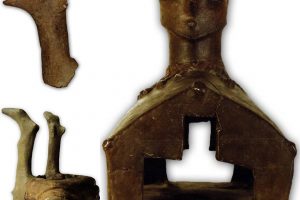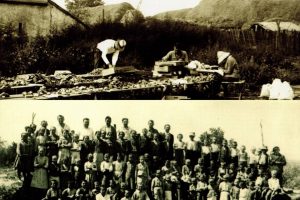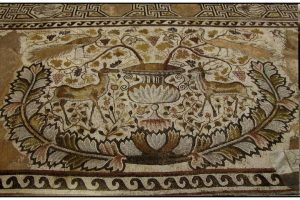We dedicate today’s post to Dr. Miodrag Grbić who belongs to the first generation of educated archaeologists, formed between the two world wars. Together with Nikola Vulić and Miloe Vasić, he was the first to begin scientific research on hitherto unknown prehistoric and classical antiquity sites in Serbia and Macedonia.
Dr. Grbić’s scientific activity was based on the research of the prehistoric cultures in the Balkans, especially on the study of the chronology and genesis of Neolithic cultures. His second scientific love was the archeology of Classical antiquity, especially Greek and Roman sculpture.
Alongside with the research, he was also engaged in museology, he participated in the establishment of the museum in Bitola.
In March 1926, at the invitation of Prof. Radoslav Grujić, Miodrag started working as a curator trainee at the Archaeological Museum in Skopje. He then participated in the joint excavations at the site Gradishte near St. Erasmus by Lake Ohrid in 1931 and 1932 with representatives from the Berlin Museum of Prehistory and Early History during the period 1933 -1939. Occasionally he took part in the excavations of the ancient city of Stobi where exceptional mosaics and a multitude of architectural elements were discovered.
In the period 1936 – 1938 Grbić together with Mano Zisi supervised the systematic archaeological excavations in Heraclea.
His name is established in important discoveries at the site, such as the fortification at the top of the hill, the foot of the hill with two early Christian basilicas, paved with beautiful mosaics and part of a street with a water supply network.
With these discoveries he laid a solid foundation and precisely paved the way for future archeological excavations.
Archaeological excavations at the Neolithic site Porodin near Bitola (1953-1954) have uncovered clay models of houses, hitherto unknown in archeology, as well as altars decorated with zoomorphic appliqués. The settlement is singled out as a special cultural phenomenon and is part of the so-called Velushina-Porodin cultural group from the Neolithic period.
Grbić left behind a rich bibliography and a significant contribution to the archeology.





